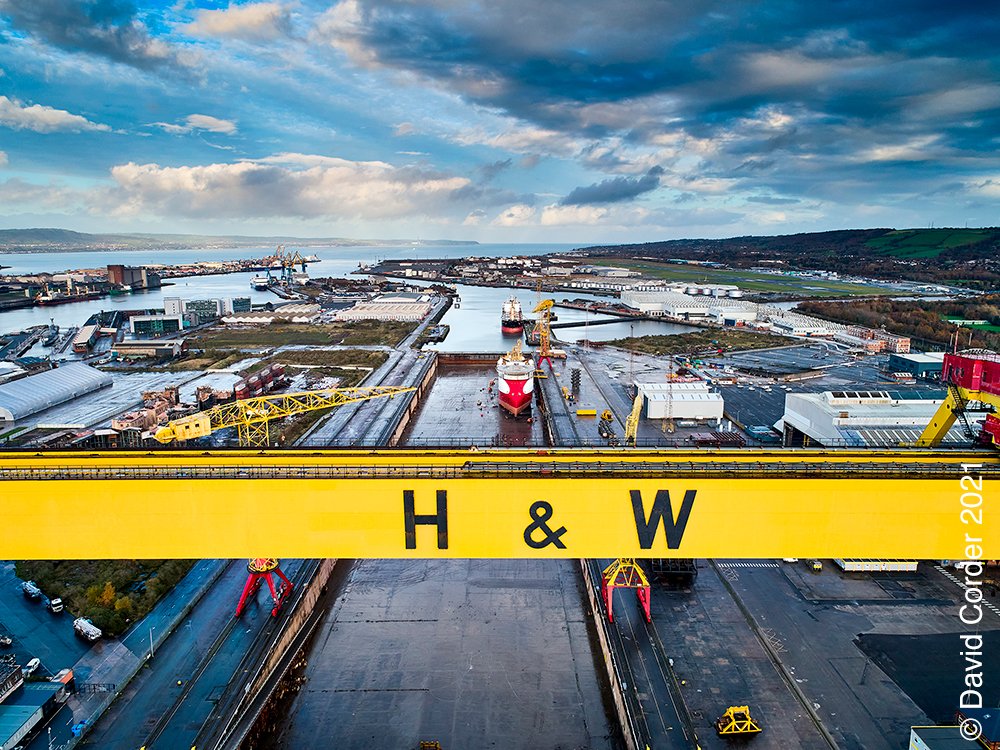Up up and away…
So I recently had reason to put my professional UAV (drone) pilot license to good use. I had a request from my good friends at Harland & Wolff to shoot some video and photography of a full yard over the weekend. It hasn’t been this full for 82 years! Great to see.
H&W is a neighbour of George Best Belfast City Airport and lies within the controlled airspace that surrounds the airport. This means strictly no unauthorised UAV flights! To gain access to this airspace you will need a UAV pilot licence and to apply for a NSF (Non Standard Flight) through the NATS portal. You'll also need permission and co-operation from ATC (Air Traffic Control) at the Airport. But you’re not finished there.
You will also need the permission and co-operation from Belfast Harbour Police by submitting a flight plan along with other documents including your license details and certificate proving that you have £10,000,000 public liability insurance. There maybe other restrictions placed on you as to location, times, etc.
Harland & Wolff Shipyard, Belfast.
On the day of the flight you will need to call ATC to gain permission to take off, they will also ask the duration of the flight and will inform you of your max height. The maximum height will never be above 400ft (that’s the maximum hight you can legally fly a UAV), they may set a lower limit because of the proximity to the airport and other circumstances. There's also a good chance that you’ll be asked to land because of flight arrivals or departures, this happened 3 times during one of my flights. Ultimately you are responsible for flight safety and must always obey ATC, it’s not a negotiation.
Just before take off, you will need to call the Harbour Police control room to inform them that you are about to take off, once landed you will need to inform both parties that you have successfully finished your flight.
Before you ever get to the point where you can fly you’ll have to complete your initial survey, identify hazards, NOTAMs (aviation loves a good acronym), emergency contacts, site plan, risk assessment, weather forecast, etc.
Flying a drone professionally is a serious business.
